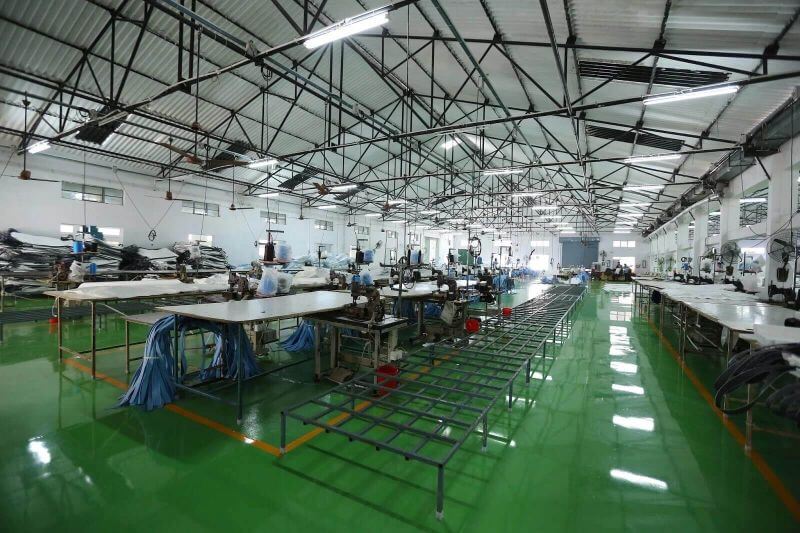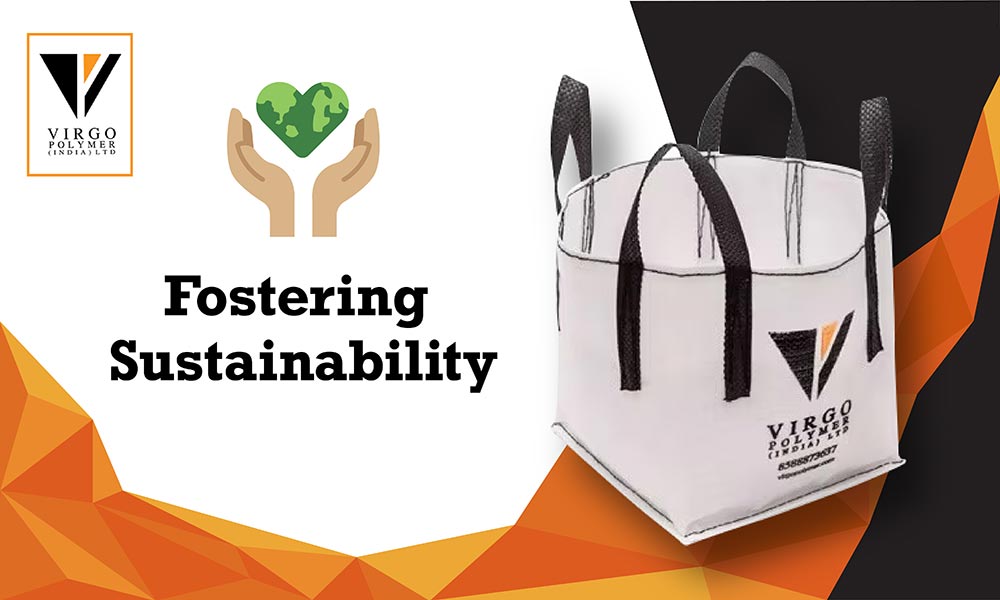



Sustainability has become more and more important in a number of industries, including food and agriculture production, in recent years. This tendency has led to increased scrutiny of the environmental effects of using Flexible Intermediate Bulk Containers (FIBCs) in food-grade applications. We shall explore FIBCs' contribution to sustainability and their environmental impact in this blog.
Recognizing FIBCs and Utilizing Them
Large, flexible containers used for storing and carrying dry, flowable goods like grains, seeds, powders, and granules are called Flexible Intermediate Bulk Containers, or bulk bags. Because of these containers' adaptability, affordability, and capacity to preserve product integrity during storage and transportation, the food sector makes extensive use of them.
FIBCs' Effect on the Environment
Although FIBCs have many advantages in terms of functionality and efficiency, it is important to consider their environmental impact. Several non-renewable resource-based materials, such as virgin plastic, polyester, and polypropylene, are used in the manufacturing of FIBCs. The final stages of FIBCs' lifecycle present additional difficulties for recycling and waste management.
Developments in FIBC Solutions That Are Sustainable
The creation of sustainable FIBC systems has advanced significantly in spite of these obstacles. In an effort to lessen their need for virgin plastics, manufacturers are progressively integrating recycled materials into their manufacturing processes. Additionally, new developments like compostable and biodegradable FIBCs are showing promise as viable substitutes with even bigger environmental advantages.
FIBC Life Cycle Assessment
From production to disposal, every stage of the FIBC's life cycle must be taken into account in order to properly evaluate the environmental impact of these containers. Studies using life cycle assessment (LCA) methodology, which considers aspects including raw material extraction, manufacturing procedures, transportation, usage, and end-of-life management, offer important insights into the environmental impact of fiber-in-bulk containers (FIBCs).
Encouraging the Circular Economy
Promoting circular economy principles is essential for improving the sustainability of FIBCs in food-grade applications, in addition to technological improvements. This covers programs like recycling, reuse, and appropriate disposal. The environmental effect of FIBCs can be greatly decreased by prolonging their useful life through reuse and putting in place effective recycling procedures.
In conclusion, FIBCs play a vital role in food-grade applications, offering practical solutions for storage and transportation needs. However, their environmental impact must be carefully evaluated and mitigated through sustainable practices and innovations. By embracing recycled materials, exploring biodegradable alternatives, and promoting circular economy principles, the food industry can foster sustainability and minimize the environmental footprint of FIBCs.
